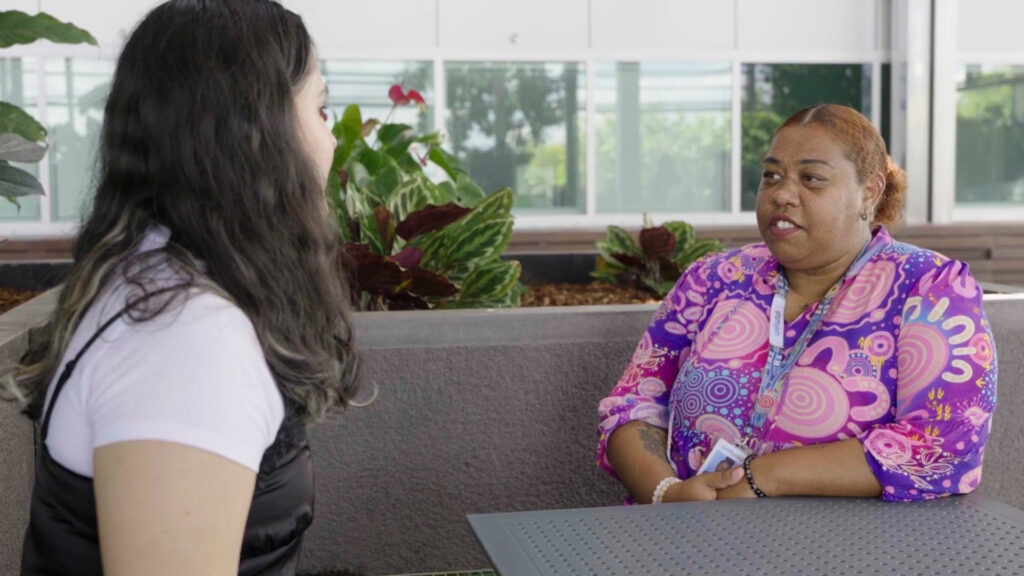A new dedicated program has launched across the Cairns, Townsville, and Mackay regions to help families, friends, and significant others supporting a loved one through suicidal crisis.
The Ways Forward program provides education, emotional support, and connection for people who often play a critical, but under-recognised role, in suicide prevention.
The program is funded by Northern Queensland Primary Health Network (NQPHN) in partnership with the three Hospital and Health Services (HHSs) of Cairns, Townsville and Mackay, and delivered by Wellways.
NQPHN Chief Executive Officer Ben Tooth said the program highlighted the importance of community-based, wraparound care for everyone impacted by suicidal crisis.
“We know when someone experiences suicidal crisis, the impact extends far beyond the individual,” Mr Tooth said.
“Ways Forward ensures that families, friends, and loved ones also have access to support and understanding – because their wellbeing matters too.”
The program emerged from the Universal Aftercare codesign process in 2023 and was further developed from the learnings of the original pilot The Way Back Support Service (TWBSS) in Cairns.
Wellways Suicide Prevention Manager Natalie White said: “Ways Forward offers a place for supporters to pause, reflect, and find strength in connection – knowing they don’t have to walk this journey alone.”
The program’s name was chosen during collaborative consultations held by Wellways earlier this year with participants from Cairns, Townsville, and Mackay, including people with lived experience, First Nations representatives, and Hospital and Health Service staff.
It reflects the diversity of people impacted by suicide and those who support others through crisis – from partners and parents to chosen family, friends, and neighbours.
Wellways Lived Experience Peer Worker Kate Curtis said: “Language matters. We wanted a name that felt hopeful, grounded, and inclusive – not clinical or tokenistic.”
Ways Forward is a free service intended to be an integrated but distinct extension of the Universal Aftercare initiative.
Universal Aftercare is a suicide prevention service that provides timely, non-clinical psychosocial support to people who have experienced a suicide attempt or suicidal crisis. It officially launched in Mackay and Townsville in August and builds on the foundation of the existing services already established in Cairns.
Together, these services provide person-centred, culturally safe and localised outreach support for people following a suicidal crisis.
The Ways Forward program and Universal Aftercare are jointly funded by the Australian and Queensland Governments.
To access Ways Forward program, contact your local Hospital and Health Service or visit the Wellways website.
About NQPHN
Northern Queensland Primary Health Network (NQPHN) works together with our partners to connect existing local services to simplify the healthcare system, fund primary care and mental health services based on the needs of local communities and support primary care and mental health providers to build their skills and deliver the highest quality patient care.
For more information, visit www.nqphn.com.au
About Wellways
Wellways is a leading mental health, disability, and carer services provider. We support people’s social, emotional, and physical wellbeing through community-based services. Lived experience and partnership are central to our work and vision of contributing to an inclusive community where everyone can imagine and achieve their hopes and potential. For more information, visit wellways.org.
